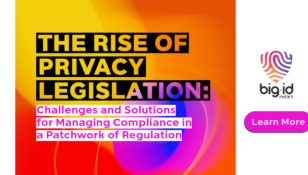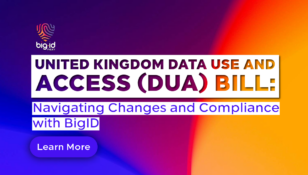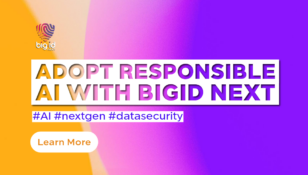5 Tips for Strengthening Data Privacy Governance
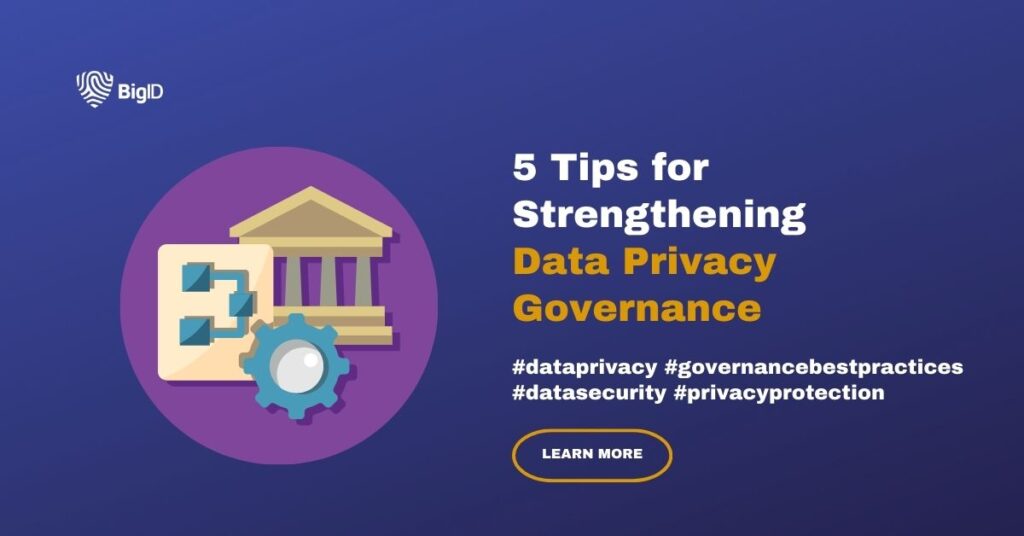
Data Privacy Governance Best Practices: A Comprehensive How-To Guide for Privacy Leaders
In an era where data breaches and privacy concerns dominate headlines, effective data privacy governance is essential. For data privacy leaders, Chief Privacy Officers (CPOs), and business leaders managing Data Subject Access Requests (DSARs), understanding and implementing robust data privacy governance can safeguard your organization and build trust with stakeholders. Here’s a comprehensive guide to help you enhance your data privacy program.
Understanding Data Privacy Governance
What is Data Privacy Governance?
Data privacy governance encompasses the policies, procedures, and practices that organizations implement to manage and protect personal data. It ensures that data is handled responsibly, securely, and in compliance with relevant laws and regulations.
Why is Data Privacy Governance Important?
- Regulatory Compliance: Adhering to regulations such as GDPR, CCPA, or HIPAA is not optional. Non-compliance can result in hefty fines and legal repercussions.
- Trust and Reputation: Effective data privacy governance builds trust with customers, partners, and stakeholders. It demonstrates your commitment to protecting personal information.
- Risk Management: It helps identify and mitigate risks associated with data breaches and misuse, protecting your organization from potential damage.
Who are the Stakeholders?
- Data Privacy Leaders: Responsible for developing and overseeing the implementation of data privacy policies.
- Chief Privacy Officers (CPOs): Ensure the organization’s compliance with data privacy laws and manage privacy risks.
- Business Leaders: Oversee DSARs and ensure that data privacy practices align with business objectives.
- Employees: Play a critical role in adhering to data privacy policies and procedures.
- Customers and Clients: Whose personal data the organization collects, stores, and processes.
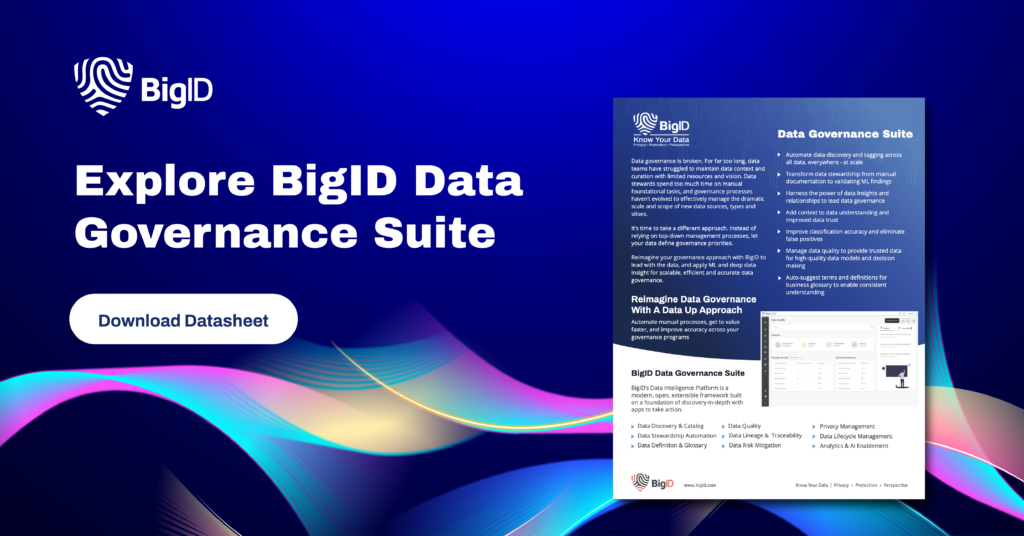
Best Practices in Data Privacy Governance
1. Establish a Comprehensive Data Privacy Framework
How-To:
- Define Clear Data Privacy Policies: Start by documenting your organization’s data collection, storage, and usage policies. Ensure these policies comply with relevant regulations.
- Appoint a Data Protection Officer (DPO): Designate a knowledgeable DPO to oversee compliance, manage DSARs, and serve as the point of contact for data privacy issues.
- Create a Data Inventory: Develop a comprehensive inventory of all personal data your organization holds. Categorize data based on sensitivity and regulatory requirements.
2. Implement Robust Data Security Measures
How-To:
- Encrypt Sensitive Data: Use encryption both in transit and at rest to protect data from unauthorized access.
- Access Controls: Implement role-based access controls to ensure only authorized personnel can access sensitive data.
- Regular Audits and Monitoring: Conduct regular security audits and continuously monitor data access to detect and respond to potential threats.
3. Develop Efficient DSAR Management Processes
How-To:
- Automate DSAR Processes: Utilize tools to automate the DSAR management process, ensuring timely and accurate responses.
- Standardize Request Handling: Develop standardized procedures for handling DSARs, including identity verification and data extraction protocols.
- Training and Awareness: Educate employees on DSAR procedures and the importance of data privacy to ensure consistency and compliance.

4. Foster a Culture of Data Privacy
How-To:
- Privacy by Design: Integrate data privacy considerations into the design of new products and services from the outset.
- Continuous Training: Conduct regular training sessions on data privacy best practices and regulatory updates.
- Transparent Communication: Maintain open communication with stakeholders about your data privacy practices and any changes to policies.
5. Regularly Review and Update Policies
How-To:
- Stay Informed on Regulations: Keep up-to-date with changes in data privacy laws and adjust your policies accordingly.
- Annual Policy Reviews: Conduct annual reviews of your data privacy policies and procedures to ensure they remain effective and compliant.
- Engage with Privacy Experts: Collaborate with legal and data privacy experts to stay ahead of emerging trends and regulatory changes.
The Future of Data Privacy Governance in the Era of AI and Biometric Data
As technology evolves, so too do the challenges and opportunities in data privacy governance. The advent of artificial intelligence (AI) and the increased use of biometric data present unique considerations.
AI and Data Privacy:
- Automated Decision-Making: AI systems often rely on vast amounts of personal data. Ensuring transparency and fairness in AI-driven decisions is crucial.
- Data Minimization: Implement practices to limit the amount of personal data used by AI systems without compromising functionality.
- Algorithmic Accountability: Regularly audit AI algorithms to prevent biases and ensure compliance with data privacy regulations.
Biometric Data:
- Enhanced Protections: Biometric data is highly sensitive. Implement additional security measures, such as multi-factor authentication and secure storage solutions.
- Informed Consent: Ensure that individuals are fully informed about the collection and use of their biometric data and obtain explicit consent.
- Compliance and Standards: Adhere to emerging standards and regulations specific to biometric data to protect privacy and mitigate risks.
Enhancing Your Data Privacy Governance Program with BigID
Today’s privacy leaders must establish a strong data privacy governance framework that not only protects sensitive information but also builds trust and ensures compliance in an increasingly complex digital landscape. BigID is the industry leading platform for data privacy, security, compliance, and AI data management giving organizations greater visibility and context into all their enterprise data at scale.
With BigID organizations can:
- Know Your Data: Automatically classify, categorize, tag, and label sensitive, personal data with accuracy, granularity, and scale.
- Map Your Data: Automatically map PII and PI to identities, entities, and residencies to visualize data across systems.
- Enforce Privacy Policies: Ensure alignment and enforcement of data policies in accordance with privacy mandates to fulfill regulatory compliance requirements.
- Automate Data Rights Management: Automate individual, personal data rights fulfillment requests from access and updates to appeals and deletion.
To streamline all your data privacy governance initiatives — get a 1:1 demo with our experts today.



